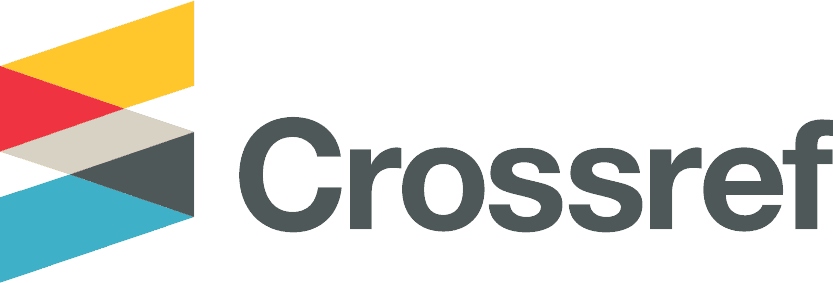Using Computer Vision with Edge Machine Learning to Recognize Dirt on Photovoltaic Modules
DOI:
https://doi.org/10.26740/jistel.v1n2.p140-150Keywords:
TinyML, Soiling Photovoltaic Modules, Edge Computing, Embedded Intelligence in Microcontrollers, Machine Learning at the EdgeAbstract
This paper explores the guidelines of edge computer vision, using the TinyML technique, to remove dirt from photovoltaic modules, to optimize photovoltaic energy generation and extend the lifespan of the modules. The research used two photovoltaic cells: one clean with and without shading and the other with dust. The images were collected with an Esp-32 Cam microprocessor and preprocessed on the Edge Impulse platform, which uses TensorFlow Lite to create edge Machine Learning (ML) models. The trained model, which can be embedded in the microcontroller, performs inference through computer vision to consider clean cells (PV_Clean), dirty cells (PV_Dirt), and partial shading (PV_Shading). The results showed 100% accuracy in detecting the three classes, evidencing the effectiveness of the model in distinguishing between cell states. Inference tests with a smartphone camera confirmed the accuracy of the model. In short, the study demonstrated TinyML's potential in identifying dirt on photovoltaic modules, which can help with the efficiency of solar energy generation and operation and maintenance of the levels of dirt considered to be damage to the photovoltaic system. It can also help identify critical levels of soiling on photovoltaic modules, enabling the creation of customized cleaning schedules for each location and season. This allows the schedule to be activated only when fouling is affecting energy production, optimizing resources and reducing cleaning maintenance costs.
Downloads
Published
How to Cite
Issue
Section
 Abstract views: 275
,
Abstract views: 275
, PDF Downloads: 136
PDF Downloads: 136




